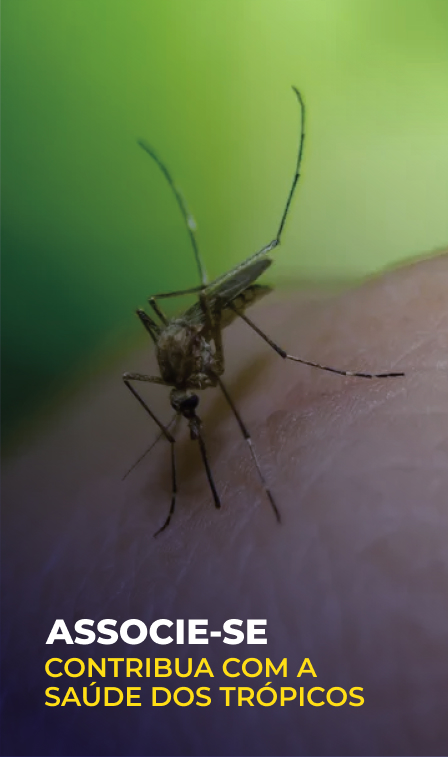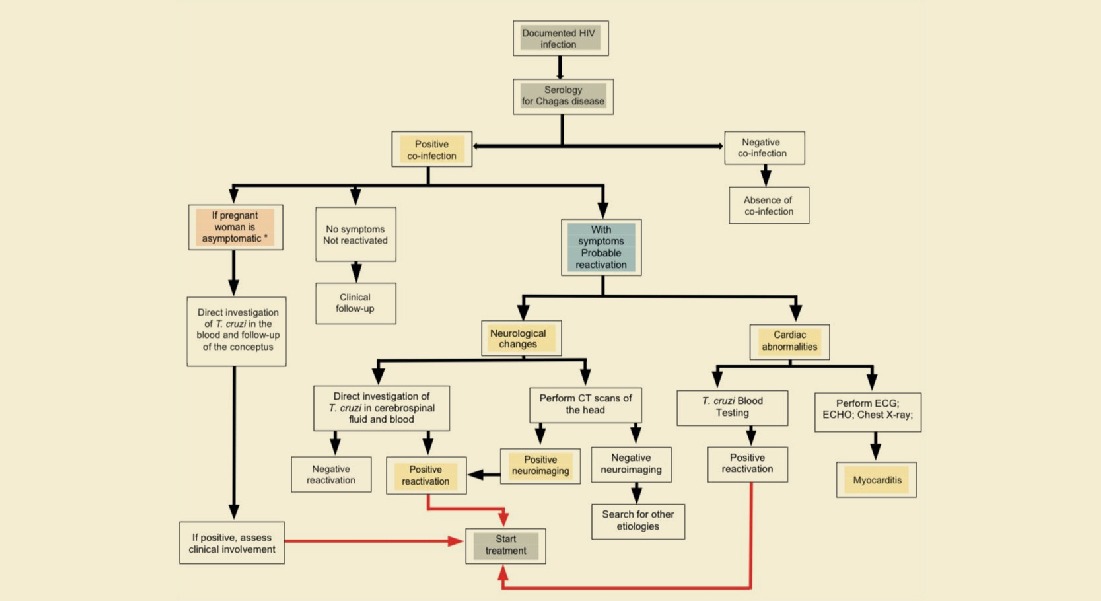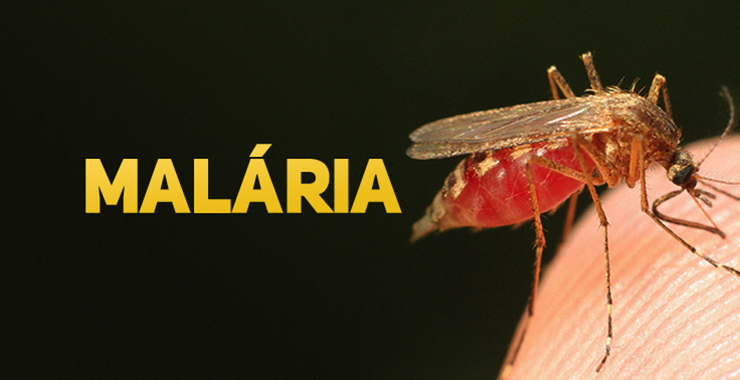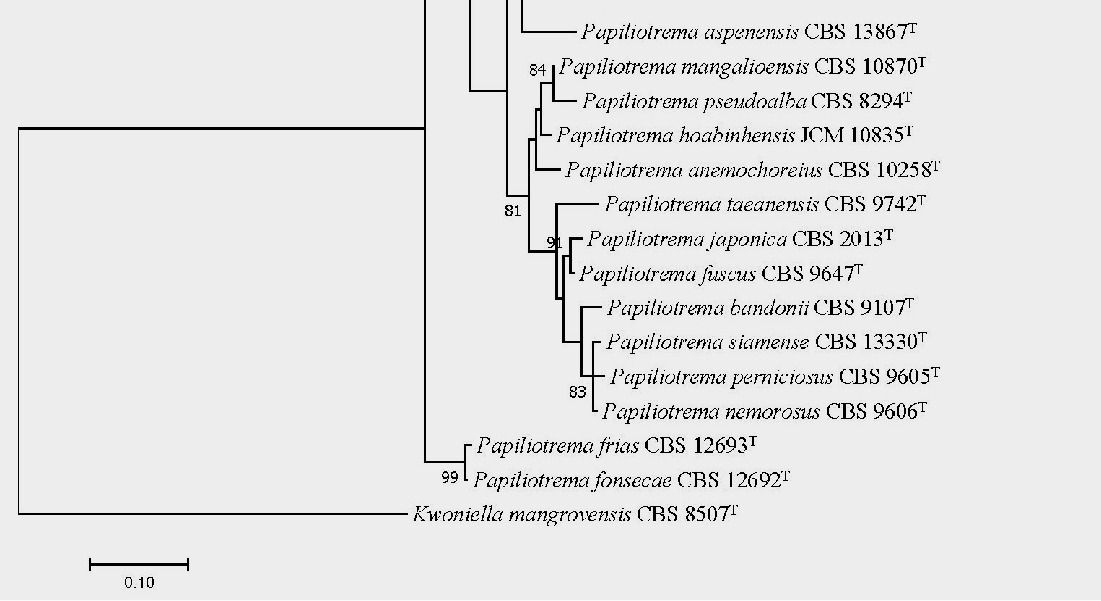
WHO defines Rift Valley fever with great potential of public health emergency
The Rift Valley fever is transmitted by the Aedes aegypti, but it can also be transmitted by the Culex, the common house mosquito. To the moment, the virus’ circulation is restricted to Africa and Middle East
04/02/2019
If the RVF is introduced in an area with intensive irrigation, e.g., Nile or South Europe, with batches of mosquitoes, it could then create a large outbreak among domestic animals and humans
The World Health Organization (WHO) has disclosed in January the review of its list of priority pathogens, that could strike public health emergencies and for which there are not enough measures. Among the list of emerging infectious diseases that require urgent efforts of research and development, is the Rift Valley Fever (RVF). The disease is caused by a virus transmitted by blood-feeding mosquitoes and flies, and commonly affects animals (mostly cattle and sheep) but can also involve humans. In humans, the disease varies from a mild disease similar to the flu to a severe hemorrhagic fever that can be lead to death.
To understand more about the subject, the Brazilian Society of Tropical Medicine talked to Dr. Pierre Formenty, who leads the viral and hemorrhagic fever (VHF) team for the WHO. He was emphatic to say that the scientific community must help and support the R&D routine for RVF in animals and humans. “We must train health professionals in the frontline in the affected countries to detect the main outbreaks as soon as they begin”, he warns.
Find the full interview below:
BSTM: The Rift Valley Fever is one of the diseases that require attention of researchers. In your opinion, does it really have a pandemic potential?
Dr. Pierre Formenty: Rift Valley fever (RVF) was able to spread twice out of its ecological zone creating major outbreaks:
1977 in Egypt: 600 deaths, 20.000 infections reported, 200.000 estimated infections
2000 in Saudi Arabia and Yemen: 87 and 121 deaths respectively, 30.000 and 40.000 estimated infections.
If RVF virus is introduced in an area with an intensive irrigation system (e.g. Nile or South Europe) with lots of mosquitoes, then it could create a major outbreak in domestic animals and in humans.
BSTM: If the disease reaches other continents, such as the Americas and Europe, and expands quickly, what scenario can we expect?
Dr. Pierre Formenty: A scenario like in previously affected irrigation schemes, for example the outbreaks reported in Egypt, Saudi Arabia or Yemen. We could expect massive outbreaks in domestic animals followed by human infections and deaths.
BSTM: Can investments in R&D help preventing this from happening?
Dr. Pierre Formenty: Yes, R&D should help to develop products that should help prevent and control RVF outbreaks. We need to have a One Health approach with 3 kinds of products:
Diagnostics (for animals and humans): there is a need for a commercially available, near to the animal/patient diagnostic assay, bio-safe, quantifying viraemia, that detects genetically diverse RVF strains in a timely manner with the operational characteristics suited to field use or low-resources and/or low capacity settings. Simplified platforms such as GenXpert, Alere, Filmarray or others are desirable.
Animal vaccines: given the absence of documented human-to-human transmission, a human vaccine might not be the most cost-effective and viable long-term control measure. Development of safe, highly immunogenic and cheap animal vaccines should be a priority to vaccinate domestic animal and prevent major animal outbreaks thus mitigating the risk for human infections.
Therapeutics: Much ground remains to be covered in the search for an effective treatment for RVF (disease and sequelae). Some new compounds and monoclonal antibodies are showing promising results. Successful research into VHF therapeutics will rely on collaboration between endemic countries and a united front for sharing of information across the health and research communities.
BSTM: The required research includes basic/fundamental and characterization research, as well as epidemiological, entomological or multidisciplinary studies or further enlightenment on transmission routes, as well as research in the social sciences. In this sense, how can the medical community help?
Dr. Pierre Formenty: The scientific community needs to help and support the R&D road map for RVF in animals and humans (see above the 3 main objectives).
BSTM: A large part of the medical community is unlikely to be able to identify a possible Rift Valley Fever epidemic. How to train these health professionals to prevent the disease’s spread still in an early stage?
Dr. Pierre Formenty: We need to train the front-line workers in the affected countries to detect the major outbreaks when they start. As outbreaks of RVF in animals always precede human cases, the establishment of an active animal health surveillance system to detect new cases is essential in providing early warning for veterinary and human public health authorities.
BSTM: Could monitoring with space technology, e.g., satellite data, help preventing and anticipate a possible Rift Valley Fever epidemic?
Dr. Pierre Formenty: Yes, forecasting can predict climatic conditions that are frequently associated with an increased risk of outbreaks and may improve disease control. In Africa, Saudi Arabia and Yemen, RVF outbreaks are closely associated with periods of above-average rainfall. The response of vegetation to increased levels of rainfall can be easily measured and monitored by Remote Sensing Satellite Imagery. In addition, RVF outbreaks in East Africa are closely associated with the heavy rainfall that occurs during the warm phase of the El Niño/Southern Oscillation (ENSO) phenomenon.
These findings have enabled the successful development of forecasting models and early warning systems for RVF using satellite images and weather/climate forecasting data. Early warning systems, such as these, could be used to detect animal cases at an early stage of an outbreak enabling authorities to implement measures to avert impending epidemics.
Within the framework of the new International Health Regulations (2005), the forecasting and early detection of RVF outbreaks, together with a comprehensive assessment of the risk of diffusion to new areas, are essential to enable effective and timely control measures to be implemented.
BSTM: The presence of mosquitoes does not necessarily indicate the existence of the disease, but it is impossible to have the disease without the mosquitoes. With this understanding can we say that R&D funding should increasingly focus on the emergence of vectors?
Dr. Pierre Formenty: RVF virus was found in 8 different families of arthropods in which 6 of mosquitoes (Aedes, Culex, Mansonia, Anopheles, Coquillettidia and Eretmapodites); about 30 species of mosquitoes have been reported infected and some of them have been proved to have a role as vectors. Other arthropods include Culicoides, phlebotomies, ticks.
The disease need mosquitoes to spread between animals but could be transmitted by contact (blood born pathogen).
R&D should invest on vector control for many vector-borne diseases
BSTM: Is there anything else you would like to add?
Dr. Pierre Formenty: For RVF it’s important to stress the need for a One Health approach. We need to control the RVF virus at the animal level, before it reaches humans, after it’s too late. The economic impact of RVF in farmers in Africa is huge at the microeconomic level.
Know more:
https://www.ncbi.nlm.nih.gov/pubmed/30261226/
http://advances.sciencemag.org/content/4/12/eaau9812
https://www.who.int/emergencies/diseases/rift-valley-fever/en/
https://www.who.int/features/qa/one-health/en/
https://www.who.int/blueprint/en/
…










